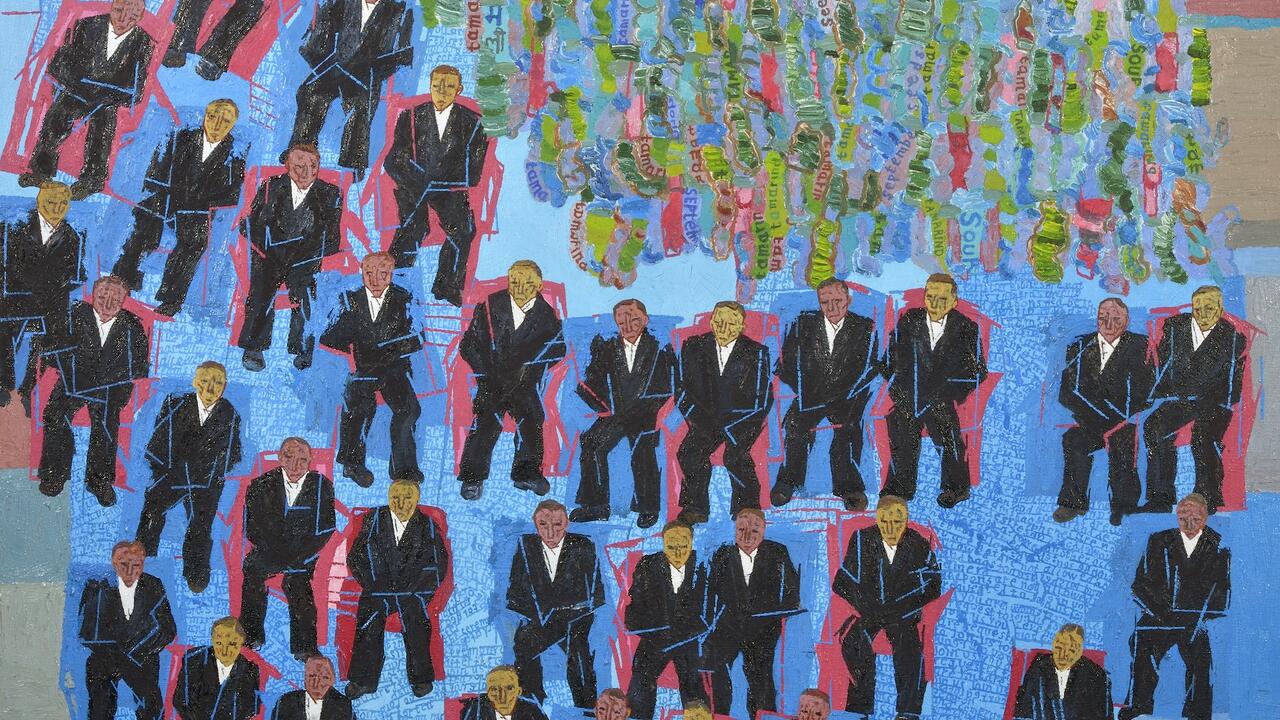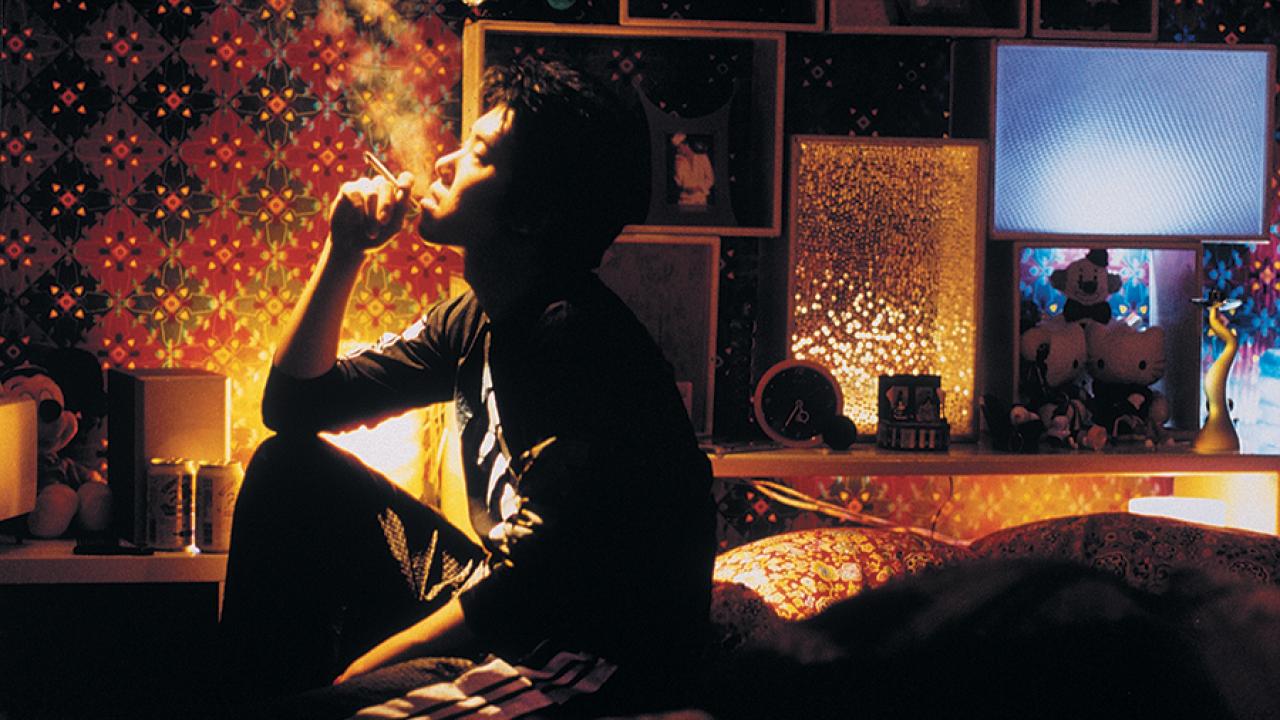Jeram Patel
Kiran Nadar Museum of Art, New Delhi, India
Kiran Nadar Museum of Art, New Delhi, India

Jeram 8 (c.1960s) – a pulsating orange painting interrupted by two streaks of black encaustic – is one of the first works on display in this comprehensive retrospective of Jeram Patel, who died earlier this year at the age of 86. The painting embodies two preoccupations that, with singular perseverance, Patel explored throughout his career: the exertion of heat to test and transform a surface, and a deep investment in the colour black. The former is gloriously embodied in Patel’s much celebrated blowtorch works, which he began in 1961 after an inspiring trip to Japan and continued making until 1974; many of them are included here.
Patel was born in a small town in Gujarat and received his initial training at the J.J. School of Arts, Mumbai, before travelling to London to study typography and design. On his return to India, he became a founding member of the short-lived Group 1890 and taught at the Faculty of Fine Arts, Baroda. His work of the 1950s and ’60s, expresses a sense of torment that recalls European paintings of the same era by artists such as Alberto Burri and Antoni Tàpies, as well as Japanese Gutai, Ku-lim Kim in South Korea and the Egyptian artist Hamed Abdalla, who also used a blowtorch for a series he created in Copenhagen in the early 1960s. In 1966, Patel remarked: ‘The only thing that one can do is to destroy things. By way of destroying or destruction I want to forget something.’ His unabashed commitment to abstraction and his process-oriented working method is evident, but – as the critic Geeta Kapur noted in her remarks at the show’s opening – the source of what she describes
as his ‘wound and rage’ remains unclear.

The scorched surfaces of Patel’s blowtorch pieces evoke both war-ravaged landscapes and a visceral personal angst. Expertly lit by Mark Prime, this show reveals the spatial and textural
variations of these works. Anguish is also intimated in the nightmarish black and white series ‘Hospital’ (1966), which Patel created using a crow quill; in other subsequent drawings, the artist deftly
rendered contorted, dismembered, flayed and pained bodies set adrift in surreal landscapes.
The primeval energy of Patel’s figurative drawings make way for his Chinese ink abstract works, which the critic Richard Bartholomew described in his text for the catalogue of the 14th Bienal de São Paulo in 1977 (in which Patel exhibited), as ‘growth-form drawings’. At first glance, they seem repetitive but, eventually, they prompt you to question what it is, precisely, you’re looking at. In certain drawings, colours peek out from behind the dense globules of black: it’s a complete reversal of Jeram 8, in which the black has completely swallowed the colours. There is a distinct tension at play here: the images seem simultaneously full and empty. In their opacity, these mysterious drawings exert a phenomenological pull equal to the blowtorch works, while also transmitting a quivering, shivering eroticism.

The curator of the show, Roobina Karode, concludes the exhibition with a room in which a few of Patel’s works are hung alongside those of Nasreen Mohamedi and Himmat Shah, each of whom have also had significant retrospectives at Kiran Nadar Museum of Art – a welcome re-appraisal of abstraction within the history of Indian modern art. The exhibition also celebrates the personal association that Mohamedi and Patel shared, affirming their place as two of 20th-century India’s greatest abstractionists.




















